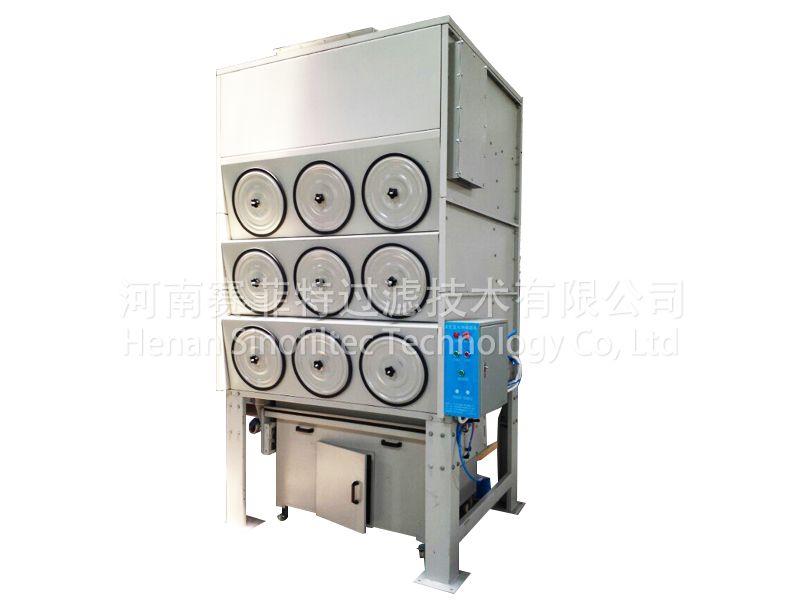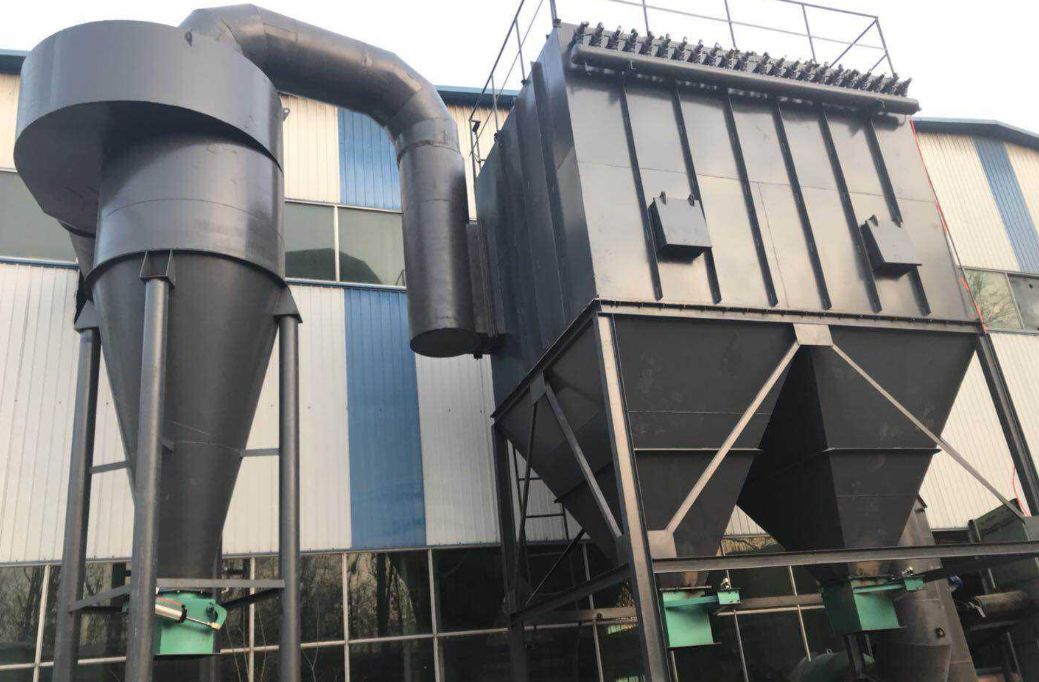To achieve stable food development in the country, mainly rely on the main producing areas. The grain production in the main producing areas accounts for a large proportion of the total grain output in the country, and has a great impact on the national grain output. In 2009, grain production in the 13 main producing provinces accounted for about 3/4 of the country's total grain output. In the last seven years, the country’s grain production increased by 249.6 billion kilograms, and more than 90% of the increase was from major grain-producing areas. In particular, in 2011, the total grain output of the 13 grain-producing provinces (regions) reached 434.22 million tons, an increase of 5.4% from the previous year, accounting for 90.5% of the country’s total increase in production. The stable production and yield increase in the major grain-producing areas have been further expanded, and the proportion of total grain output in China has risen to 76%. In Heilongjiang and Henan, grain production rose to a higher level. The total grain output reached 55.71 million tons and 55.43 million tons respectively, both of which reached a new level of 55 million tons. It can be said that as long as the grain production in the main producing areas is stabilized, the country’s grain production will be stabilized.
To ensure the balance of grain supply and demand across the country, rely mainly on the main producing areas. The per capita food production in the main producing areas is high, and the amount of goods, relocations and reserves are also numerous, which has a great effect on stabilizing the national food supply and market prices. It can be said that as long as grain production and stock in the main producing areas are guaranteed, the balance of grain supply and demand in the country will be guaranteed.
To ensure national food security, the main potential lies in the main producing areas. The main producing areas have more cultivated land, good production conditions, rich production experience, and certain reserves of cultivated land resources, which have the potential to increase grain planting area and increase grain yield. In particular, in recent years, the major producing areas have been deeply aware of the important strategic position of food. They have introduced policies to increase the support for food production, combined with their own situation to launch plans for potential expansion and grain increase, and effective measures. It can be said that as long as the production potential of the main grain-producing areas is well protected, played well, and used well, there will be reliable guarantees to meet the nation’s growing demand for food.
It is based on the important status and role of major grain-producing areas that the country has always insisted on using the main producing areas as an important means to promote the development of food and agriculture. In recent years, the country has further strengthened its support to the main producing areas and has been tilting toward the main producing areas in terms of planning, projects, funding, science and technology. In addition to the “Preferential†policies that support food and agricultural production, giving priority to the main producing areas, “special†policies have been formulated to support the main producing areas. In terms of infrastructure construction, the central government has allocated special funds for grain production in the county projects, agricultural technology service systems, grain production projects and processing projects. In terms of financial support, the central government began granting financial awards to major grain-producing counties in 2005 and will increase each year thereafter. On the whole, over the past years, the country has increased its support for major producing areas in different aspects, and has invested heavily in policies and introduced many policies that are historically not available. This has positive effects on improving the enthusiasm of local governments in grain production and peasants' grain production in major producing areas, consolidating the infrastructure of agriculture and food production, and giving better play to the main force of grain production in the main producing areas.
However, we must also realize that with the advancement of industrialization and urbanization, the contradiction between people and land is becoming more prominent, and the difficulty of sustained and stable grain production increases, and the construction of major grain-producing areas faces many difficulties and problems. The specific performance is as follows: the area of ​​cultivated land is reduced, and the quality of cultivated land is declining; the shortage of water resources has caused increasingly serious negative impacts on grain production; the comparatively low benefit of grain production has directly affected the enthusiasm of farmers for grain production in the main producing areas; The lack of investment, the development of food production "without the ability"; farmland infrastructure and food logistics facilities lagging behind, restricting the sustainable development of food production in the producing areas; the main grain production areas supporting policy is not perfect, the inclination to be increased and so on. These issues all require urgent questions.
The main grain-producing areas have played a central role in achieving the "eight-plus-up increase." In the future, we must proceed from a strategic and overall perspective, fully understand the significance of promoting the development of grain and agriculture in major producing areas, further increase support, promote the steady development of agriculture in the main grain-producing areas, increase the income of farmers, and work hard for farmers to grasp grain. Local governments have honors in politics and economic benefits; the benefits of R&D and promotion staff for science and grain production have increased, and the work has been vigorous; farmers' income from farming has increased year by year, and production and living conditions have improved year after year. The government of the main producing areas must conscientiously implement the requirements of the Central Government, and more actively and proactively engage in grain and agricultural production so that the main producing areas will play a leading role in stabilizing the overall situation of grain in the country, play a main role in guaranteeing grain supply, and be bigger and stronger. The grain industry has played a leading role and strived to develop a new road that relied on the development of food and agriculture and coordinated the advancement of industrialization, urbanization, and agricultural modernization.
Industrial Filter Dedusting Devices
Industrial Filter dusting Devices
Describe:
The dust separation equipment is called dust-removing device. The modern industrial dust removal device can be divided into filter barrel type air dust collector and bag type air dust collector. They are suitable for fine, dry, non-fibrous dust.
Principle and classification:
1. Filter cartridge dust devices:
The filter barrel is used as the filter element. After the dust gas enters the dust collector, due to the sudden expansion of the air section and the effect of the air distribution plate, some coarse particles in the air flow settle in the ash hopper in the action of kinetic energy and inertia force, and the particles are fine. When the dust with low density enters the filter chamber, the dust is deposited on the surface of the Filter Material through the combined effects of Brownian diffusion and interception, and the purified gas enters the clean air chamber and is discharged by the fan through the exhaust pipe.
The installation methods of filter cartridge include oblique insertion type, side mounted type, lifting type, top type, filter tube material can be divided into long fiber polyester filter, composite fiber polyester filter, antistatic fiber filter, flame retardant fiber filter, high temperature resistant fiber filter, etc.
The material can be divided into long fiber polyester filter, composite fiber polyester filter, anti static fiber filter, flame-retardant fiber filter, high temperature resistant fiber filter and so on.
The structure of the filter tube type dust collector is composed of air inlet tube, exhaust tube, box body, ash hopper, ash cleaning device, flow guide device, air distribution plate, filter tube and electric control device.
1. Bag filter dust devices:
Bag filter is a kind of dry filter device. The filter bag is usually made of textile filter cloth or non-textile felt. The filter function of fiber fabric is used to filter the dust containing gas. When the dust gas enters the bag filter, the particles are large. The dust with large specific gravity is deposited by gravity and falls into the ash hopper. When the gas containing smaller dust passes through the filter material, the dust is captured and intercepted, and the gas is purified.
Bag dust collector structure is mainly composed of upper box, middle box, lower box (ash hopper), ash removal system and ash removal mechanism. In addition to the proper selection of bag material, the cleaning system plays a decisive role in bag dust collector. Therefore, the ash removal method is one of the characteristics of the bag dust collector, and also an important part in the operation of the bag filter. Ash cleaning methods include: simple manual ash cleaning, mechanical vibration ash cleaning, reverse air ash cleaning and pulse injection soot cleaning and so on.



Dust Collector Filter,Industrial Filter Dedusting Devices,Dual Filter Strainer Dust Collectors,Stainless Steel Industrial Filter Dedusting Devices
Henan Sinofiltec Technology Co.,Ltd , https://www.airfilters.pl